Fire Fighting System: Essential Guide to Fire Protection and Safety
A fire fighting system is a critical infrastructure designed to detect, control, and extinguish fires in residential, commercial, and industrial spaces. These systems play a vital role in safeguarding lives, property, and the environment by providing an effective response to fire emergencies.
What Is a Fire Fighting System?
A fire fighting system is an integrated setup of equipment and technology designed to prevent, control, or extinguish fires. It typically includes a combination of fire detection systems, fire suppression equipment, and water distribution networks to ensure a rapid and effective response to fire incidents.
These systems are mandatory in buildings and industrial facilities, as they are governed by fire safety codes and regulations. Their primary purpose is to reduce fire risks and limit damage during emergencies.

Types of Fire Fighting Systems
Fire fighting systems are categorized based on the method used to extinguish fires. Here are the common types:
1. Water-Based Fire Fighting Systems
Use water as the primary extinguishing agent.
Includes fire sprinklers, hydrants, and deluge systems.
Suitable for common fire hazards (Class A fires) involving wood, paper, and textiles.
2. Foam Fire Fighting Systems
Use foam to smother fires involving flammable liquids (Class B fires).
Commonly used in chemical plants, oil refineries, and fuel storage facilities.
3. Gas-Based Fire Fighting Systems
Use inert gases (e.g., CO2, FM-200, or nitrogen) to displace oxygen and suppress fires.
Often used in data centers, server rooms, and areas with sensitive electronic equipment.
4. Dry Chemical Fire Fighting Systems
Utilize dry chemical powders to suppress fires involving flammable gases or liquids.
Ideal for industrial applications and hazardous environments.
5. Wet Chemical Fire Fighting Systems
Specifically designed for fires in commercial kitchens involving cooking oils and fats (Class K fires).
6. Automatic Fire Suppression Systems
Detect and extinguish fires without manual intervention.
Includes fire sprinklers, gas suppression systems, and mist systems.

Applications of Fire Fighting Systems
Fire fighting systems are essential in a variety of settings, including:
1. Residential Buildings
Protects homes, apartment complexes, and high-rise buildings from fire hazards.
2. Commercial Buildings
Ensures fire safety in offices, shopping malls, hotels, and hospitals.
3. Industrial Facilities
Safeguards factories, warehouses, and manufacturing plants, especially those handling flammable materials.
4. Oil and Gas Industry
Protects refineries, pipelines, and storage tanks from hazardous fires.
5. Data Centers and IT Facilities
Prevents fire damage to sensitive equipment and critical data.
6. Airports and Transportation Hubs
Ensures fire safety in terminals, hangars, and transportation systems.
7. Power Plants
Mitigates fire risks in thermal, nuclear, and renewable energy facilities.
A fire fighting system is a vital investment for protecting lives, property, and business operations. With its ability to detect, control, and extinguish fires quickly, it ensures safety and compliance in residential, commercial, and industrial settings.
When choosing a fire fighting system, consider factors like fire risk, building size, and compliance with regulations to find the solution for your needs. Regular maintenance will ensure the system operates reliably during emergencies, providing peace of mind and effective fire protection
 English
English عربى
عربى
 Fire Pump and System
Fire Pump and System Split Case Pump
Split Case Pump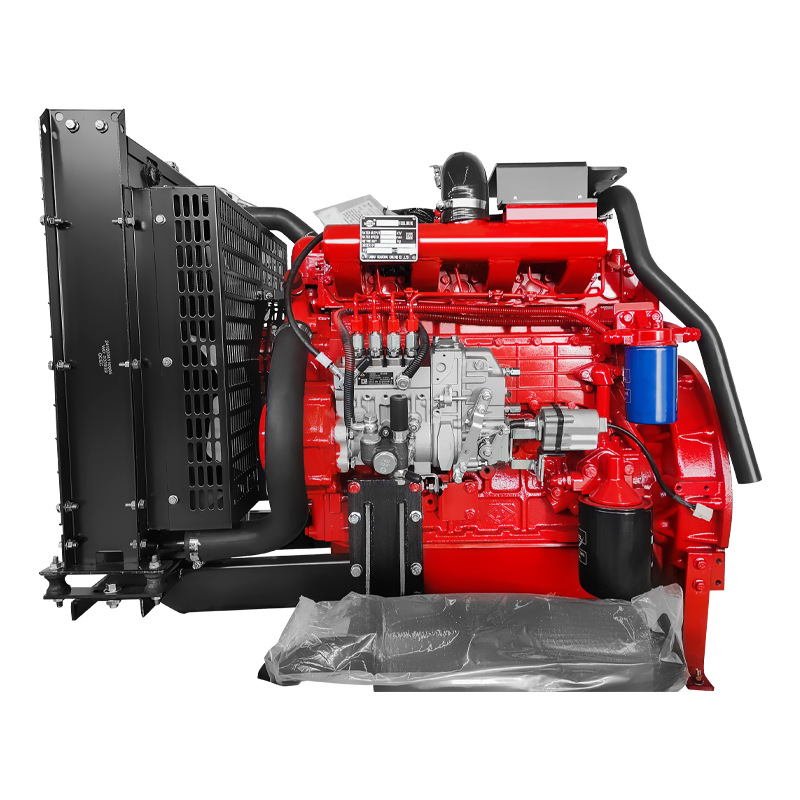 Engine and Pump
Engine and Pump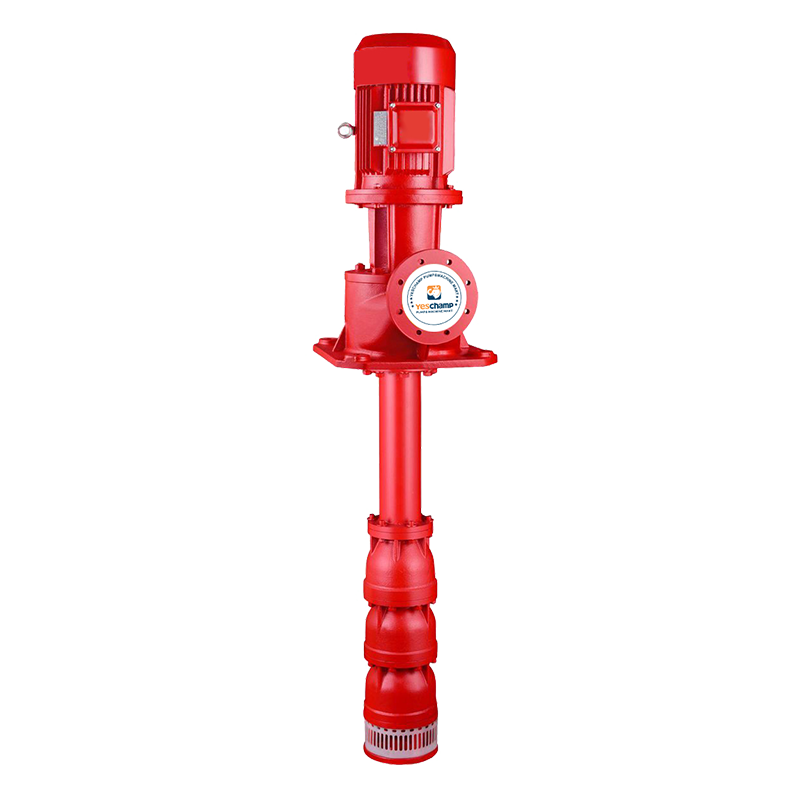 Long Shaft Pump
Long Shaft Pump Multistage pump
Multistage pump Water Supplier System
Water Supplier System Sewage Pump
Sewage Pump Industrial Pump
Industrial Pump Self-Priming Pump
Self-Priming Pump Inline Pump
Inline Pump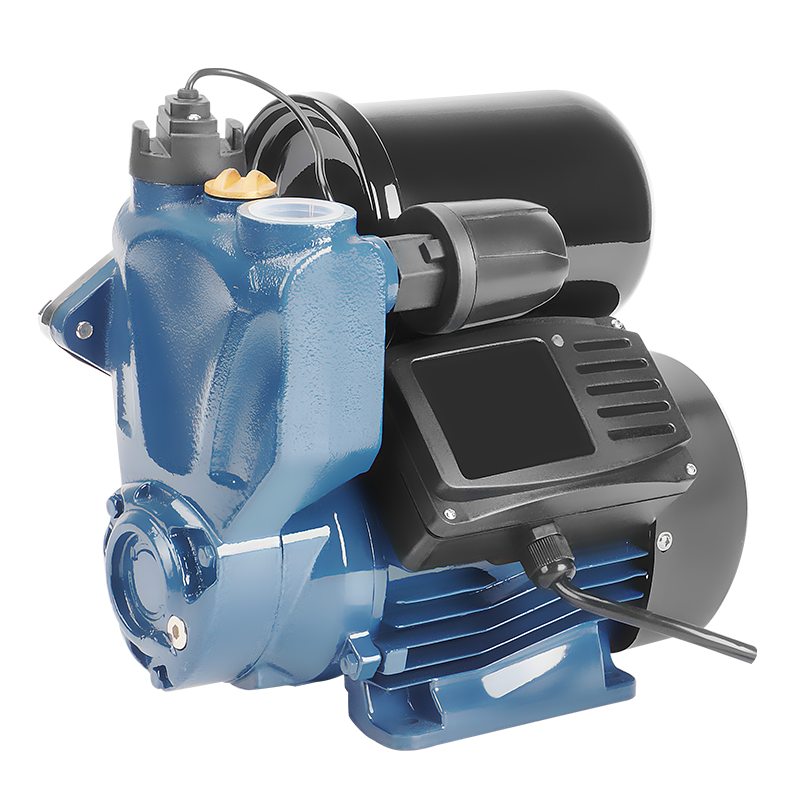 Domestic Pump
Domestic Pump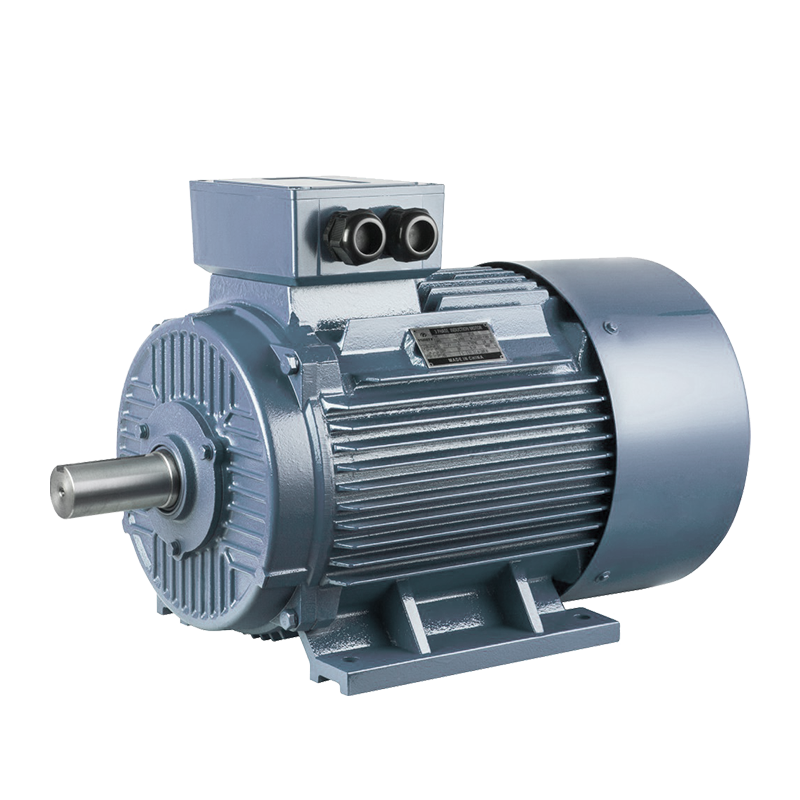 Electric Motor
Electric Motor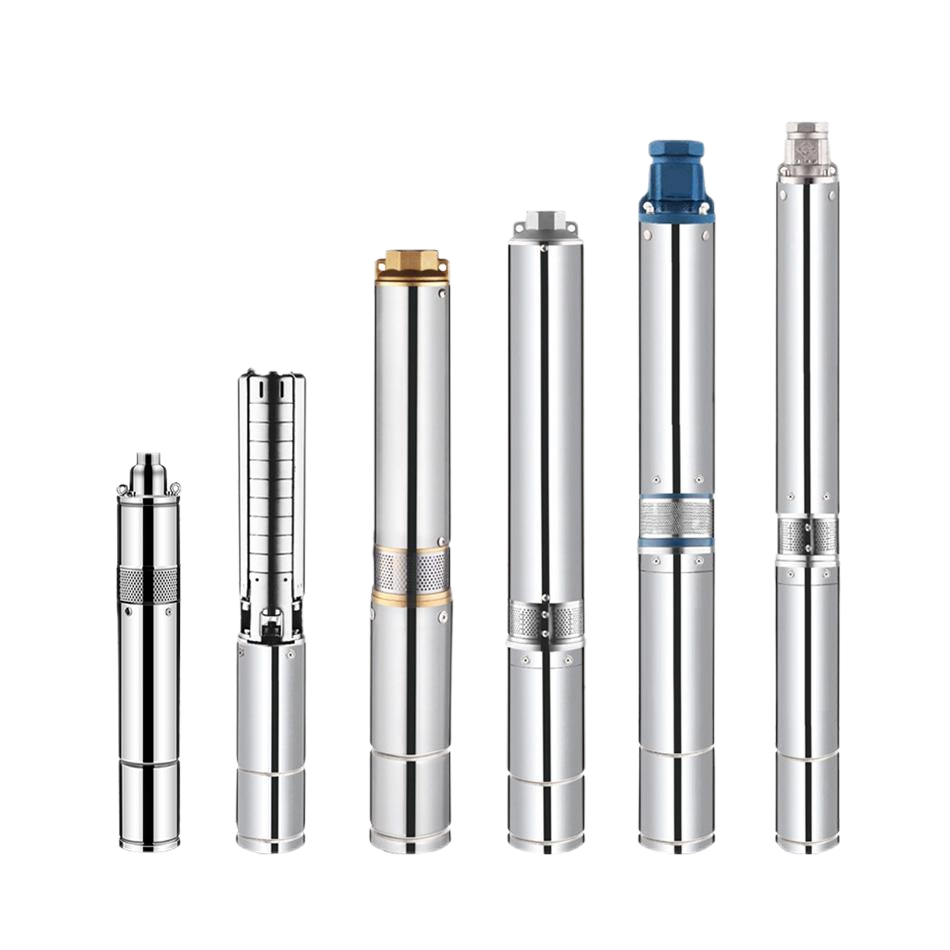 Borehole Pump
Borehole Pump







